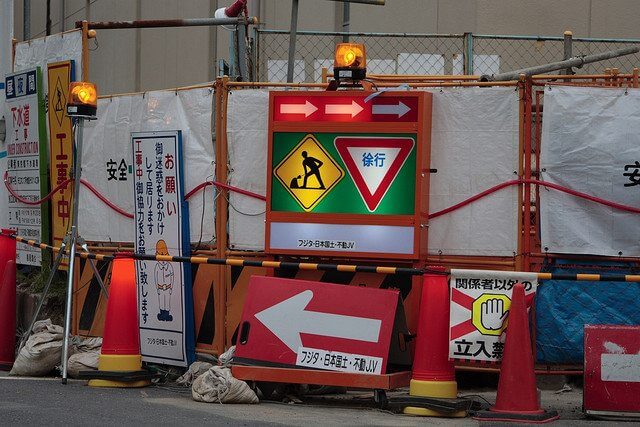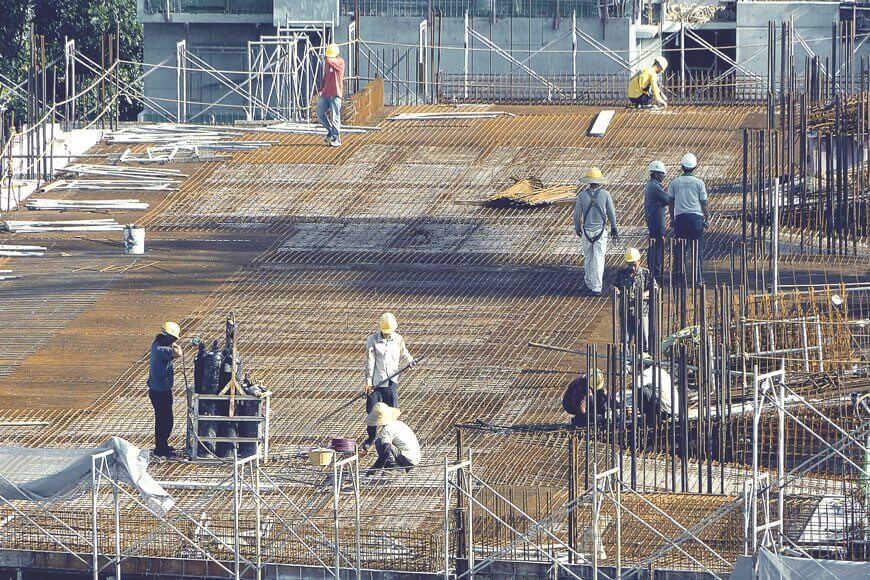In construction, there are two different types of determining costs for a project. While many people may think that the differences between the two are slight, they are different enough to make them into two unique accounting options.
Job costing always refers to the costs that are incurred from manufacturing goods. Those costs are recorded for each specific job instead of each individual process. The costs include each individual unit that is needed, while also involving the cost of the salaries of the workers during the job.
Process Costing is slightly different, as it uses the costs that are incurred, directly or indirectly, for a specific task or process. These costs are often averaged for each production unit and are best used for those who produce the same thing over and over again. This accounting feature allows companies to know exactly what the expenditures are each month that they are in business, especially those that are completed by different departments.
There might be many differences between both job costing and process costing, but there are four that stand out the most.
- The total of all the costs can be calculated well in advance for job costing, whereas the entire job needs to be completed before it can be determined with process costing.
- While there are numerous documents needed for any project, job costing requires many different important documents than process costing does.
- Each job is taken into consideration for job costing, while each individual department is used for process costing.
- Companies that offer unique jobs and items benefit from job costing, as their costs can be accounted for more accurately in those scenarios. However, those companies who offer the same job or products each and every time can utilize process costing to save time.
Here are 4 different scenarios and how each one may have an option to use either of the costing methods:
- Customer Billing – Job costing is normally used to bill customers, as it includes the details of each individual cost for the project.
- Size of Project – If the project is quite small, job costing would be used. However, for larger ones, process costing is usually better for keeping every cost, whether direct or indirect, accounted for.
- Record Keeping – There is a lot more record keeping required for job costing, since each individual unit is accounted for and each one is placed under specific jobs. For that reason, many businesses try to choose process costing, as there is less record keeping required.
- Uniqueness of Products – Any project that is unique in any way benefits from job costing, while products are used in bulk can be accounted for with process costing to save time.
Of course, there are many advantages and disadvantages of using one type of costing over another. Advantages can be seen for both costing methods when it comes to assigning costs. Job costing allows owners to see the profit for each individual job, so that they can determine if those same jobs are worthwhile in the future. Process costing can see detailed statistical information for each department after assigning costs, which can help them determine if they need to make any changes to their procedures and practices.
Reporting is another advantage when it comes to both costing methods, as businesses can see what is working and what is not. Job costing can control costs while improving efficiency and productivity for individual jobs, while the same information can be gained for groups and departments in process costing.
Read also: After the fact reporting is not data, it’s project suicide
There really is no advantage or disadvantage to job costing when trying to determine the average cost of individual units, especially with projects where only one thing is being done. It is slightly more helpful with process costing, when more there is more than one item being completed.
There is a major disadvantage to job costing when it comes to record keeping, and that is the fact that it can get very time consuming. Anyone that uses job costing knows that every nail, screw, bolt, piece of wood, and more needs to be accounted for with each individual job. Add the hours that the employees worked and the hours that need to be subtracted for breaks on top of that, and businesses could spend days doing the record keeping.
In that type of scenario, it can be better to do process costing, just to save time. However, some businesses need to keep track of every individual item, so that they are making the most money possible on each job.
Construction companies may go back and forth with which type of costing methods they use, but many of them will stick with the job costing in the end. That method may take longer, but at least they know where their money is going and what they are earning the most from.




